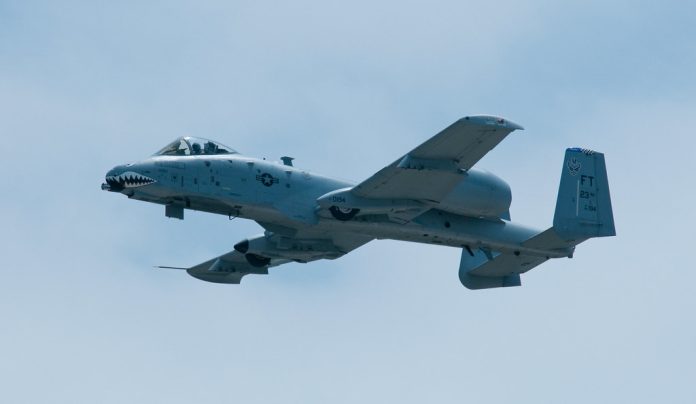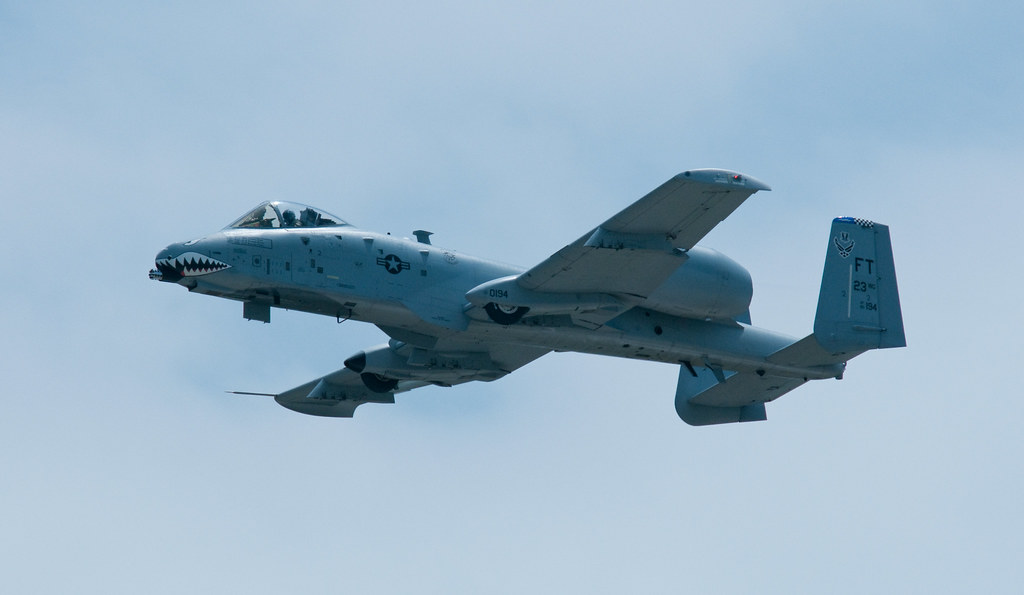
As the sun sets on the silhouette of Davis-Monthan Air Force Base, a familiar sound that once dominated the skies is fading into silence.
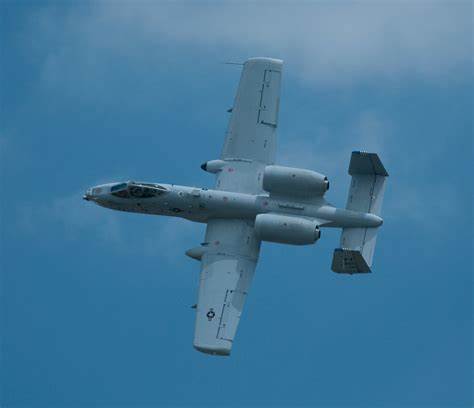
The United States Air Force has begun the process of retiring its fleet of A-10 Thunderbolt II aircraft, commonly known as the Warthog, a move that has been met with both acceptance and resistance.
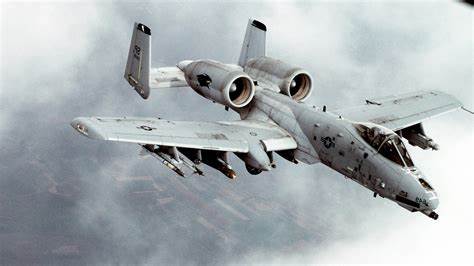
This marks the end of an era for a machine that has been the backbone of close air support missions for decades. The storied A-10 Warthog, a symbol of Davis-Monthan Air Force Base for many years, has started its journey to “The Boneyard,” where retired aircraft find their final resting place.
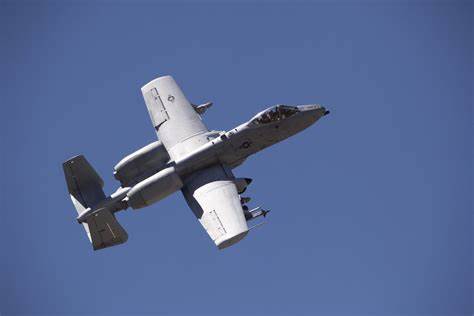
February marked the start of retirements for the 355th Wing, with intentions to retire the entire A-10 squadron by year’s end. As Col. Scott Mills, the 355th Wing Commander, poignantly stated, the A-10 remains “a symbol of their commitment, excellence, and service.”
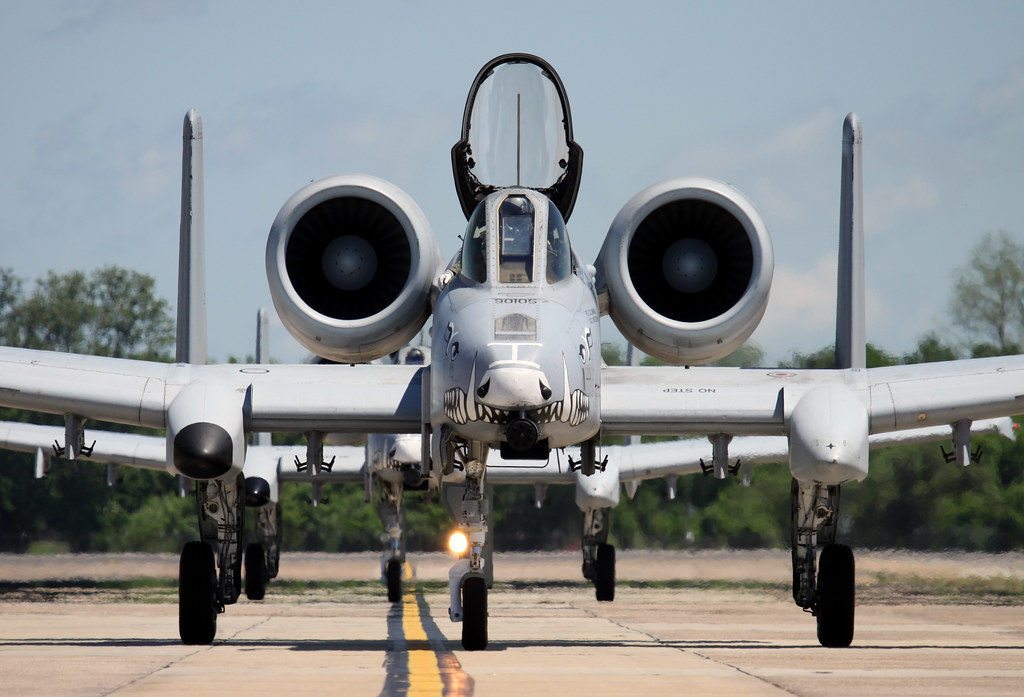
With a total inventory drop from 281 to 260 after previous retirements, the Air Force is now targeting a reduction to 218 Warthogs by the end of the fiscal year. The remaining fleet will primarily come from Moody Air Force Base in Georgia.
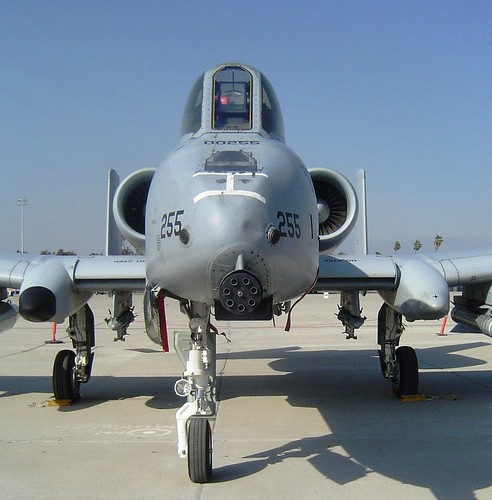
Advocates for the A-10 have historically delayed its retirement, extolling the aircraft’s unmatched prowess in close air support.
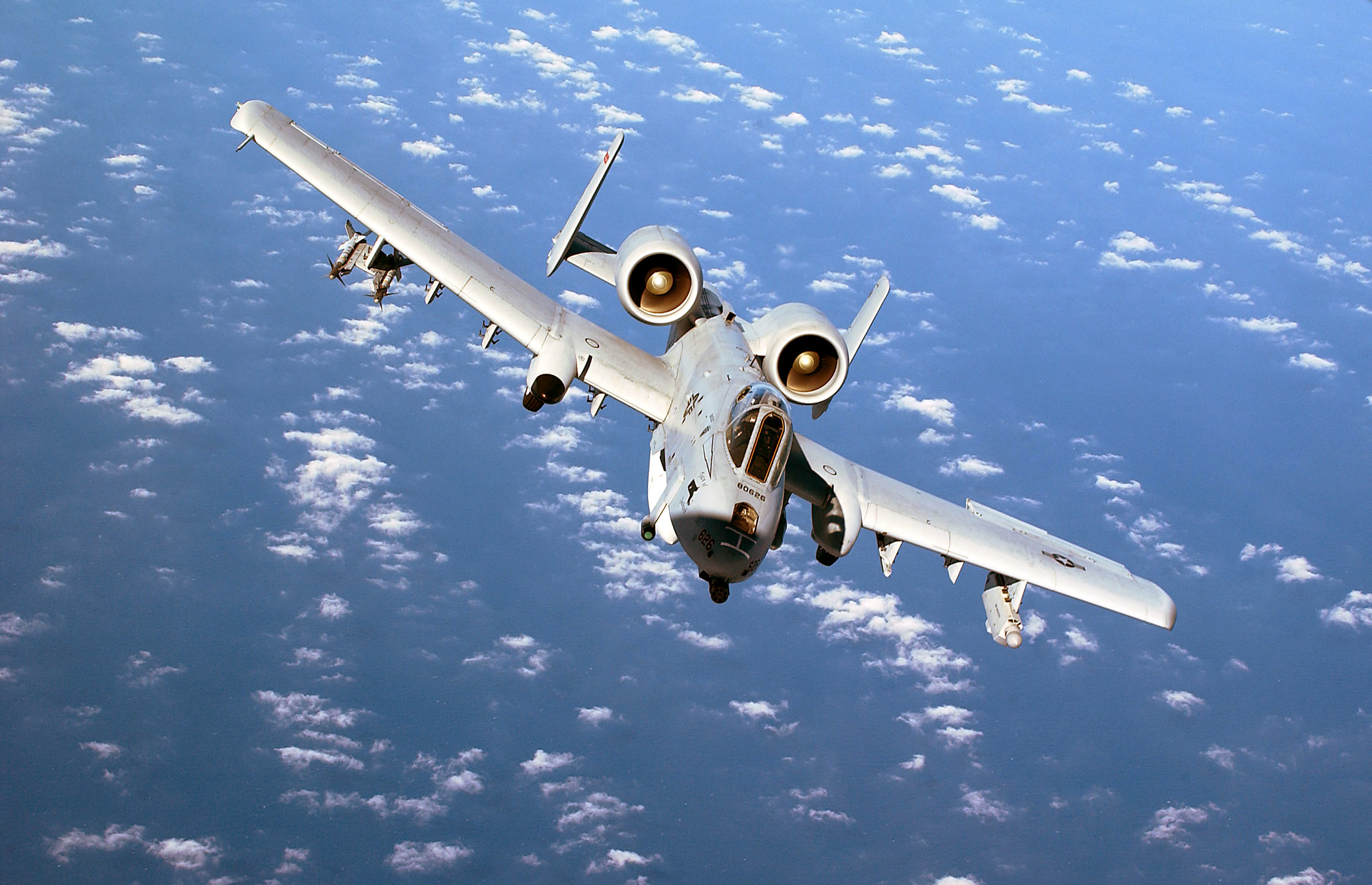
Despite its legendary status, the A-10’s non-stealth design and vulnerability in modern conflicts against advanced adversaries, such as China, have rendered it less suitable for the evolving battlefield.
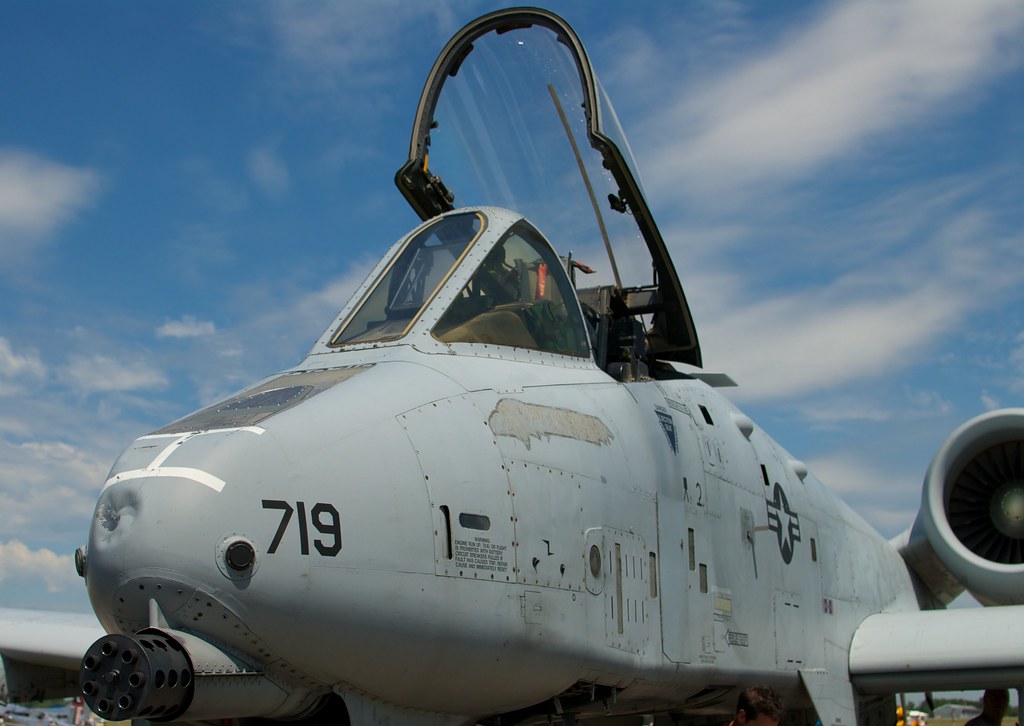
Congress granted permission for the Air Force to divest of 21 A-10s, marking the first authorized retirements in the 21st century, as reported by Military.com.
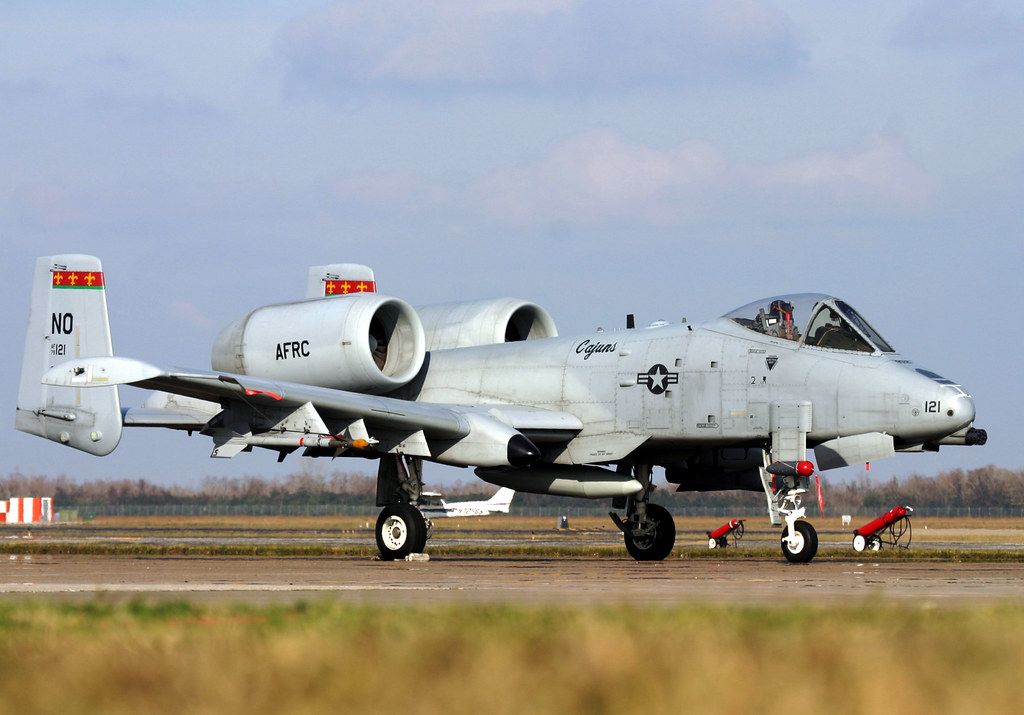
The 2024 National Defense Authorization Act, as detailed in a Senate fact sheet, “loosens existing constraints on the retirement of A-10 aircraft, enabling the Air Force to retire 42 A-10 aircraft” in fiscal year 2024.
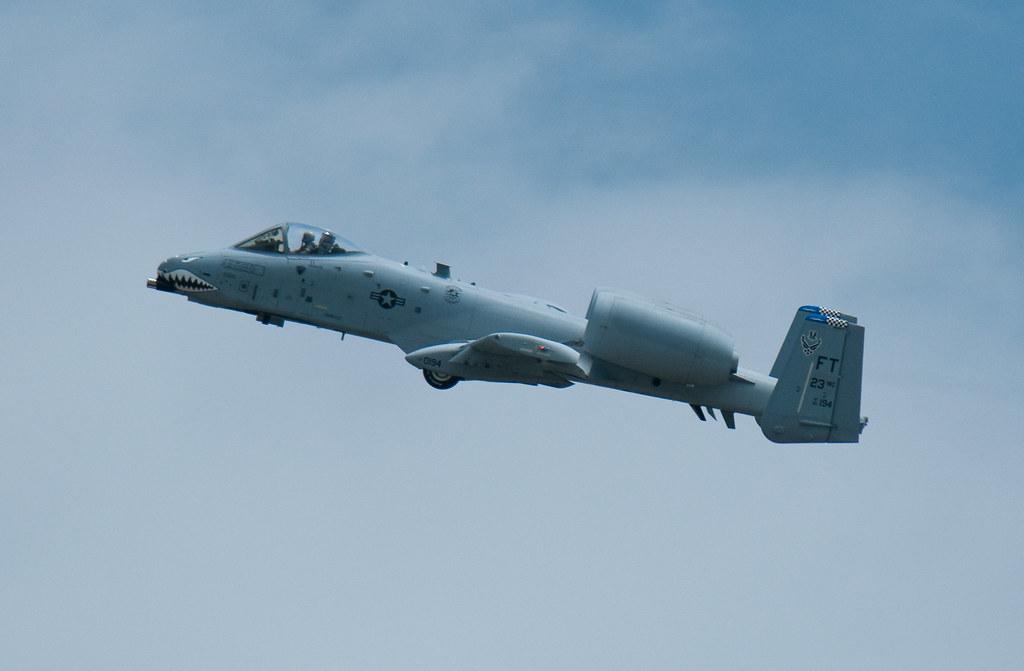
As per the new legislation, the Secretary of the Air Force must furnish a comprehensive plan to the defense committees six months before any A-10 aircraft is retired.
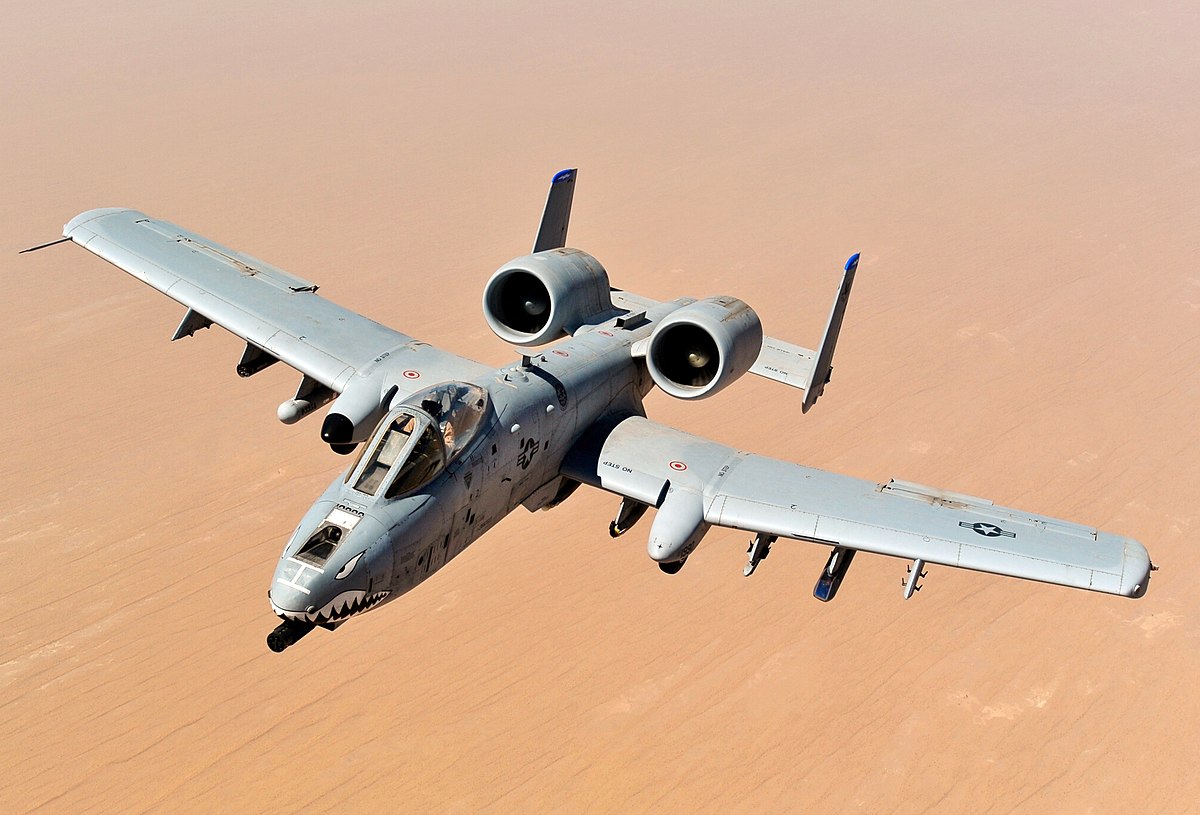
This plan should outline the Air Force’s readiness for conducting close air support, forward air controller-airborne, combat search and rescue, and airborne battle management missions.
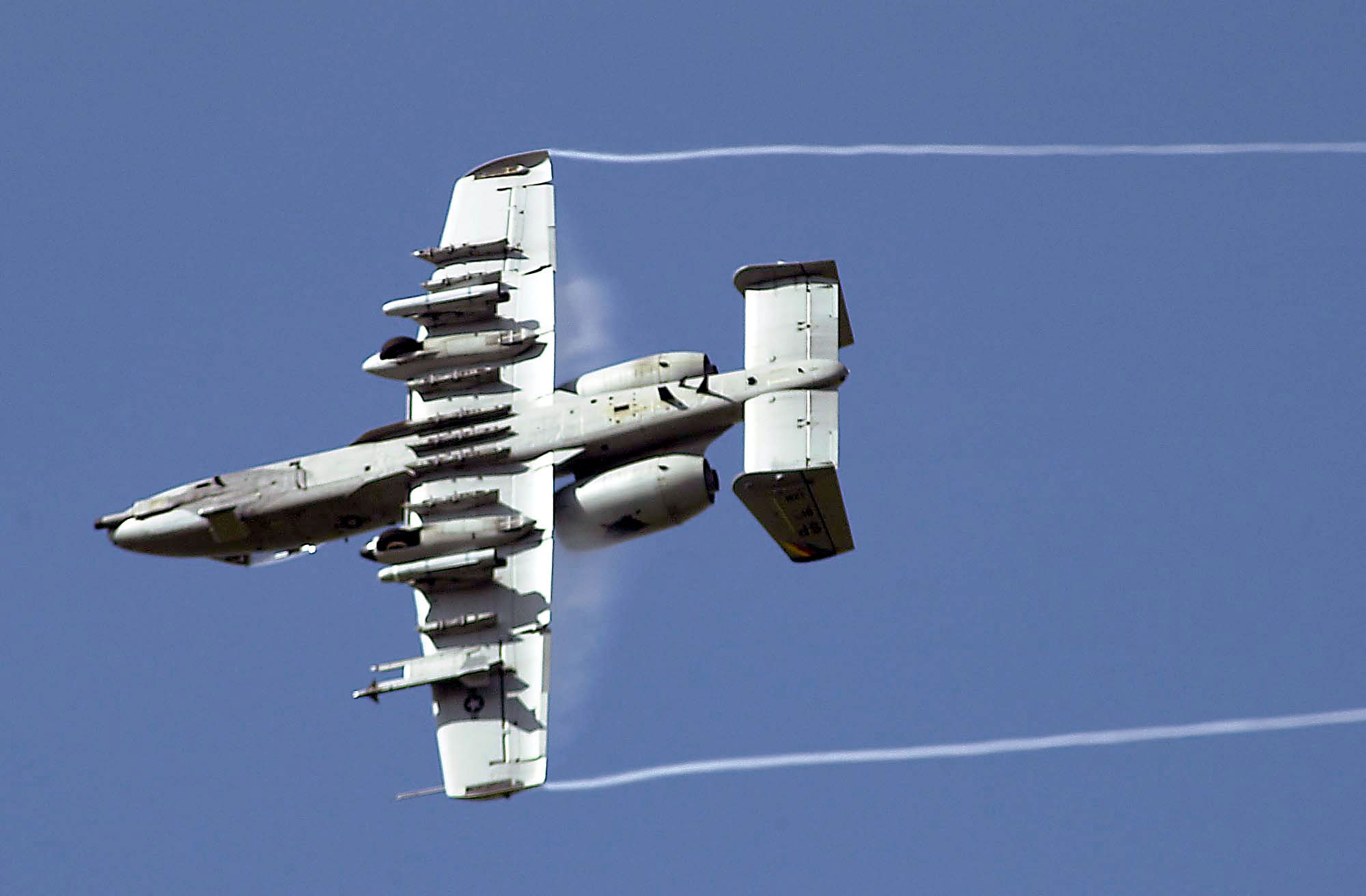
The report should detail the necessary combat air forces aviation units to address varying threat levels, from routine operations to wartime scenarios; the required number of proficient aircrews per unit to maintain qualifications and currency; the units and personnel capable of fulfilling missions at different readiness levels; and the essential initial and ongoing training sorties for crews to maintain proficiency in their roles.
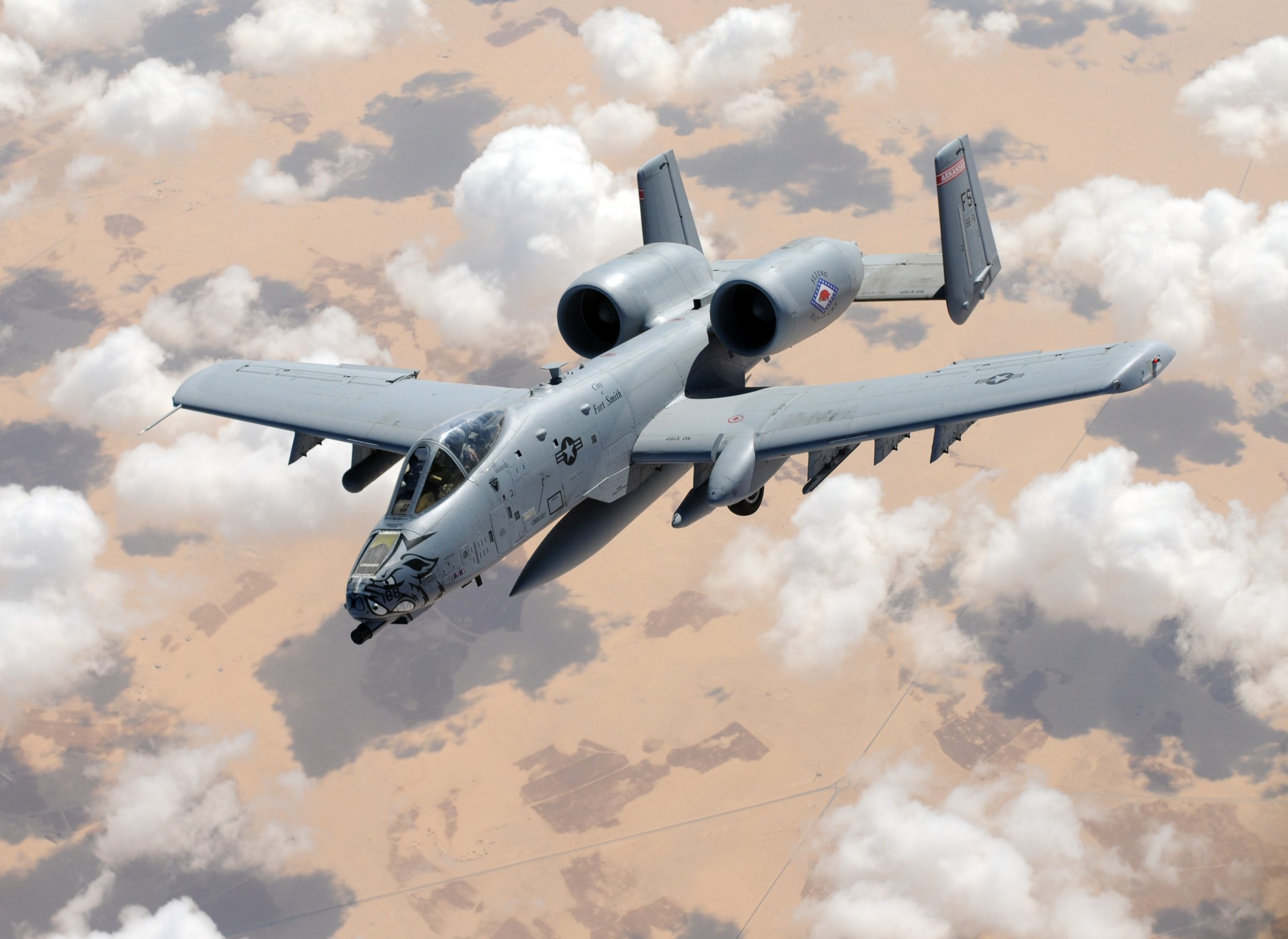
Furthermore, aside from the report, the Air Force Secretary is mandated to explore the possibility of transferring the A-10s slated for retirement to a foreign military ally or partner of the United States.
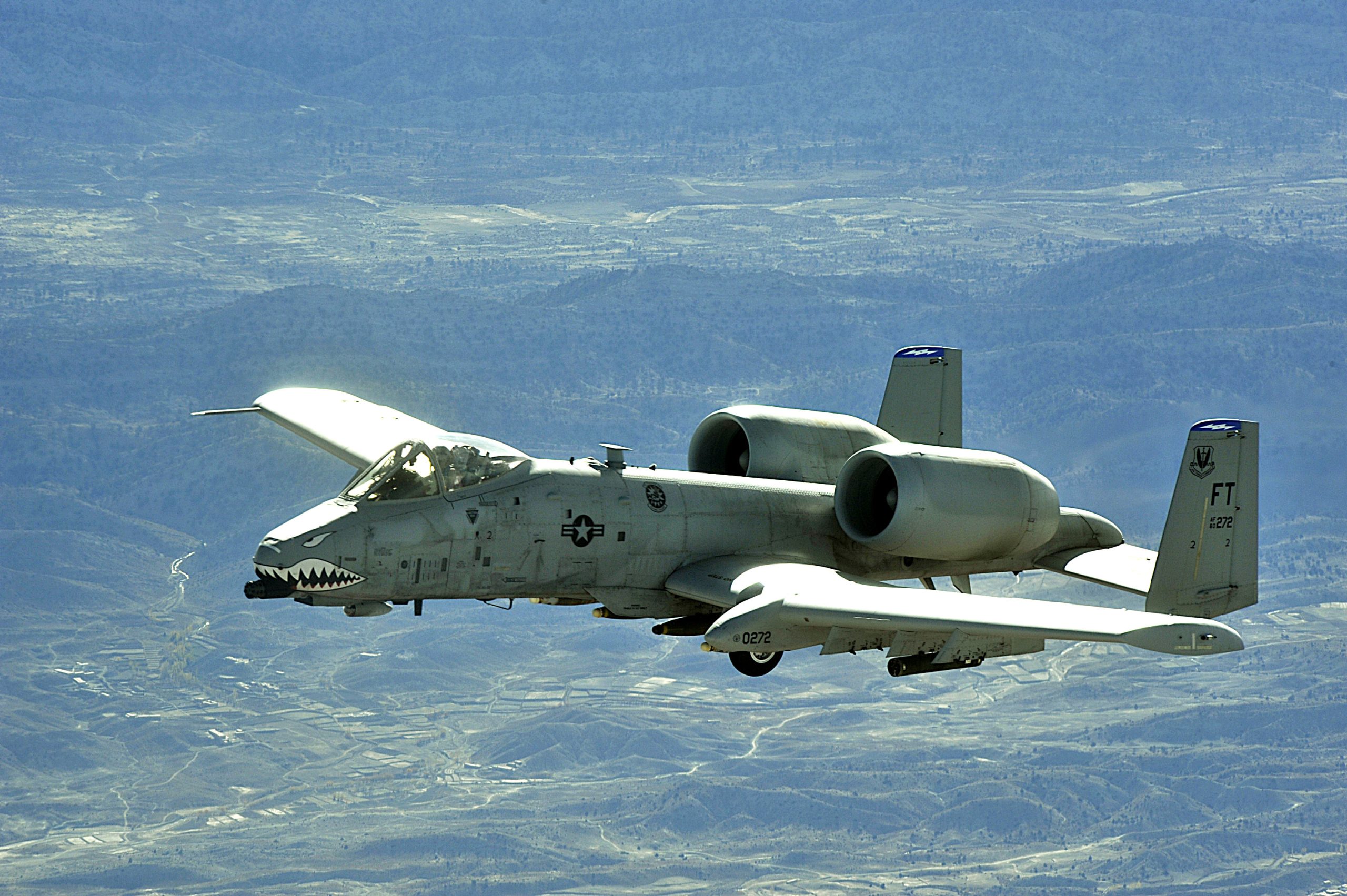
Senator Marco Rubio, a Florida Republican who has advocated for retiring the A-10, was among those urging the U.S. to provide its aging A-10s to Ukraine as it defends itself against Russia.
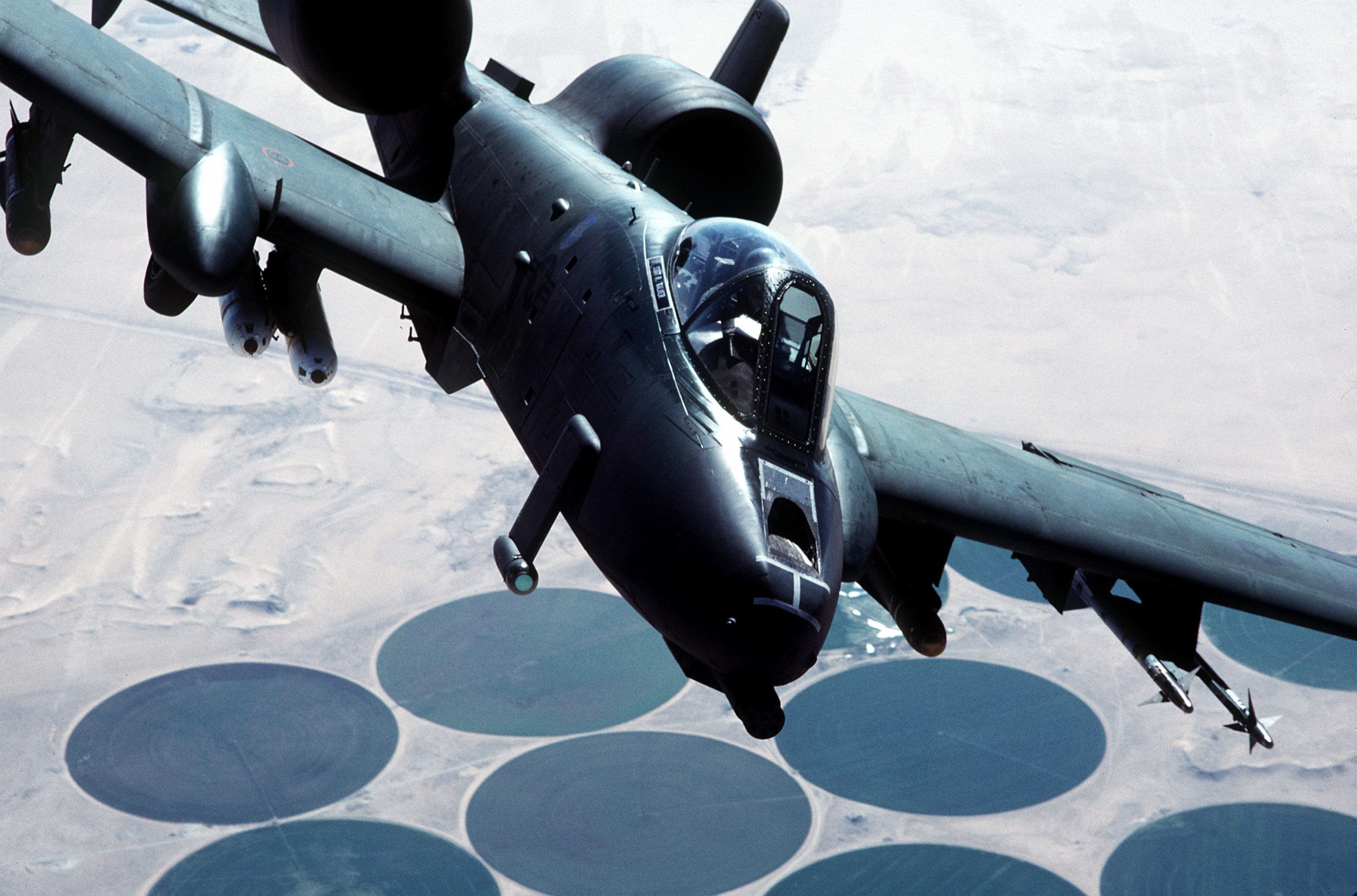
However, Ukraine has expressed a preference for receiving modern F-16 Fighting Falcons rather than the older “Warthogs.”
Relevant articles:
– Why the A-10 Warthog Must Be Retired Right Now, The National Interest
– The A-10’s long-delayed retirement is rolling forward. What’s next?, Sandboxx
– Air Force Wants to Send Historic Number of A-10s to the Boneyard in 2025, Continuing Shift Away from Warthogs, Military.com
– Why the A-10 Warthog Retirement Is a Disaster, The National Interest
